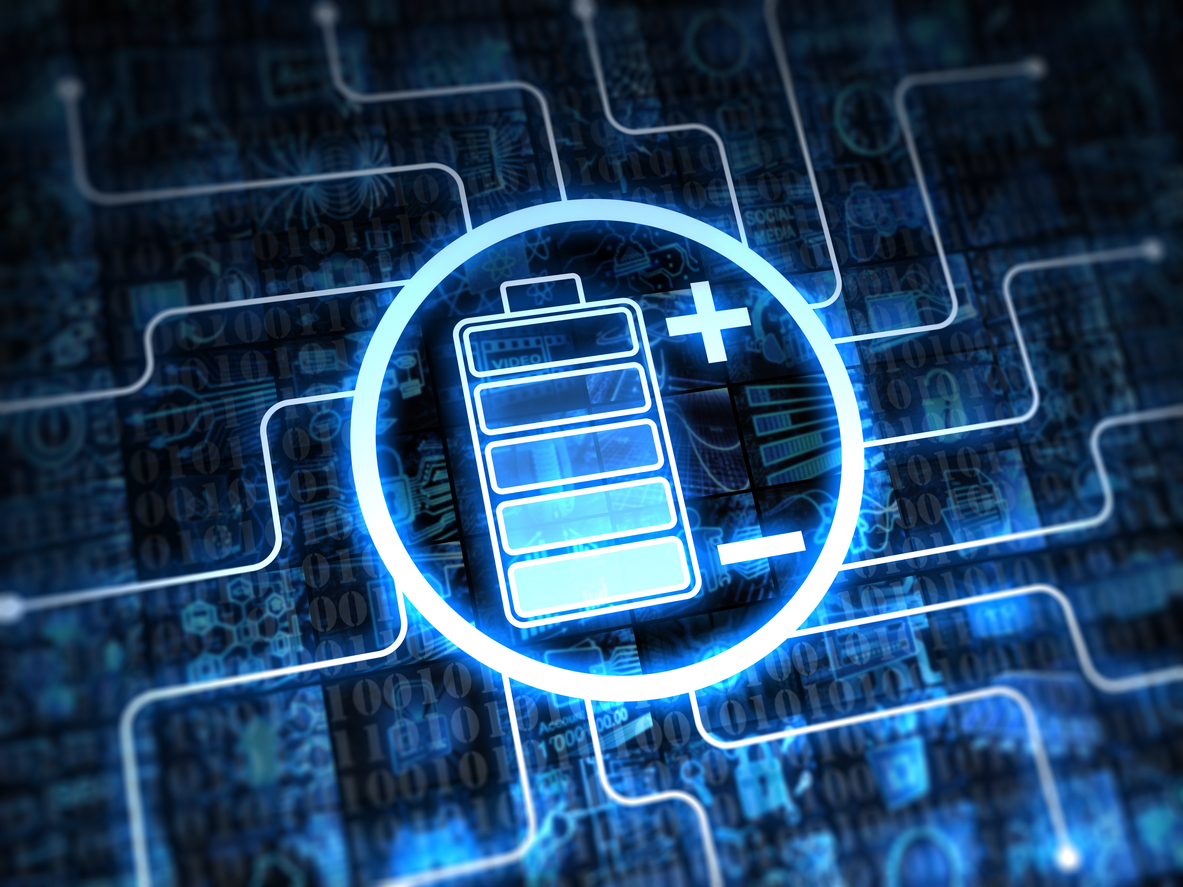 Lithium-ion batteries supply billions of portable devices with energy. While current Li-ion battery designs may be sufficient for applications such as smartphones and tablets, the rise of electric vehicles and power storage systems demands new battery technology with new electrode materials and electrolytes.
Lithium-ion batteries supply billions of portable devices with energy. While current Li-ion battery designs may be sufficient for applications such as smartphones and tablets, the rise of electric vehicles and power storage systems demands new battery technology with new electrode materials and electrolytes.
ECS student member Michael Metzger is looking to address that issue by developing a new battery test cell that can investigate anionic and cationic reactions separately.
Along with Benjamin Strehle, Sophie Slochenbach, and ECS Fellow Hubert A. Gasteiger, Metzger and company published their new findings in the Journal of The Elechemical Society in two open access papers.
(READ: “Origin of H2 Evolution in LIBs: H2O Reduction vs. Electrolyte Oxidation” and “Hydrolysis of Ethylene Carbonate with Water and Hydroxide under Battery Operating Conditions“)
“Manufacturers of rechargeable batteries are building on the proven lithium-ion technology, which has been deployed in mobile devices like laptops and cell phones for many years,” says Metzger, the 2016 recipient of ECS’s Herbert H. Uhlig Summer Fellowship. “However, the challenge of adapting this technology to the demands of electromobility and stationary electric power storage is not trivial.”
According to Metzger, current batteries are not quite ready to take on the challenges of high performance applications.
“To raise the energy density, you need to increase the voltage or the capacity, and that is where traditional electrode materials and electrolytic fluids reach their limits,” Metzger says.
On way researchers around the world are looking to achieve this energy density is through battery doping. However, this technique often has side effects that result in a drop in battery performance after just a few cycles.
“The future of lithium-ion batteries hinges on getting a grip on these undesirable reactions,” Metzger says.
So Metzger and his team want to see what happens when a battery is charged and discharged. For this, they’re applying their new battery test cell.
“Normally electrolytic fluids and electrodes – the positive cathode and negative anode – are in a permanent electrochemical exchange,” Metzger says. “Thus far it has not been possible to investigate the reactions at the anode and cathode independently of each other. We are the first to manage this successfully.”
This from Technical University Munich:
The key: The battery test cell, which, like every lithium-ion battery, comprises an anode, a cathode and electrolytes is not completely sealed, but rather is fitted with a fine capillary. This allows gasses that are released during charging and discharging to be sampled and investigated using a mass spectrometer.
To study the processes at anodes and cathodes independently of each other, the engineers also modified the membrane – a thin glass ceramic platelet coated with aluminum and synthetics – to make it permeable not only by lithium ions, but also by all other components of the electrolytic fluid.
In their work, the team was able to explain exactly what happens inside a high-voltage battery. They found stability depends on several factors, including changing voltage, operating temperature, and small chemical impurities.
“For industrial end-users, the new measurement methodology is extremely interesting,” says Gasteiger. “In our investigations, we were able to show that the development of gasses in batteries can be reduced by adding the right admixtures to the electrolytic fluid or by inhibiting crosstalk between the electrodes.”

